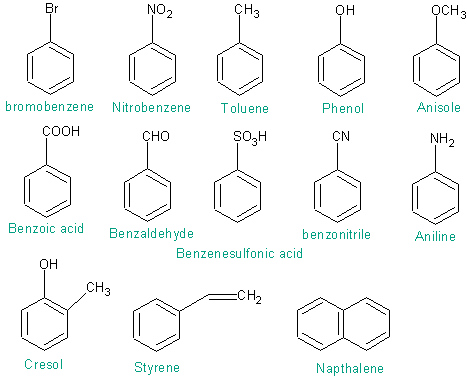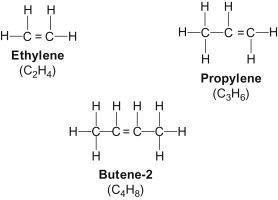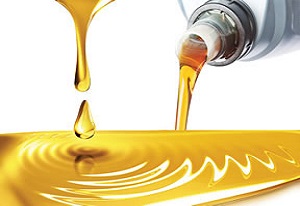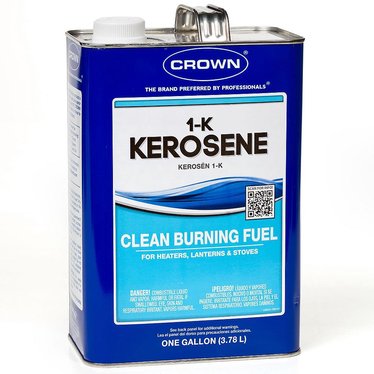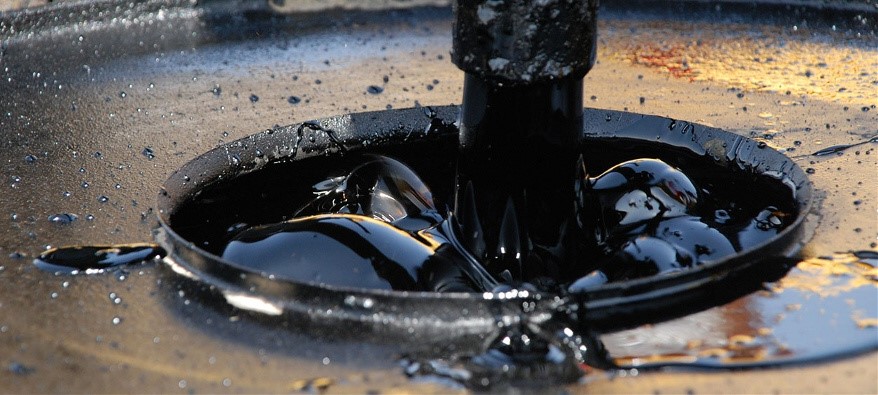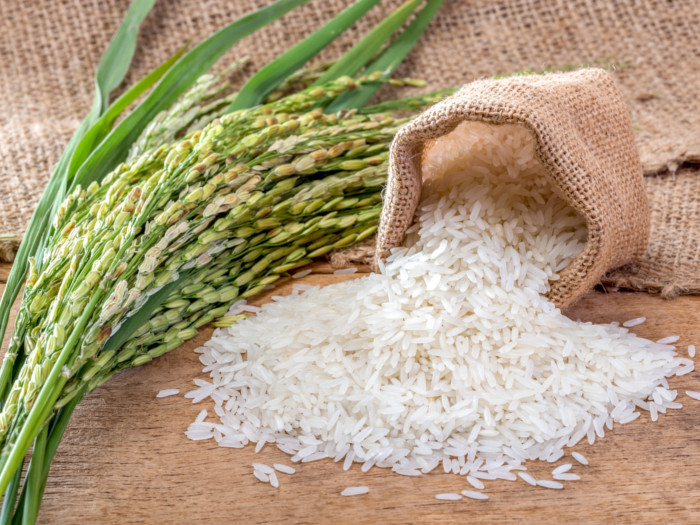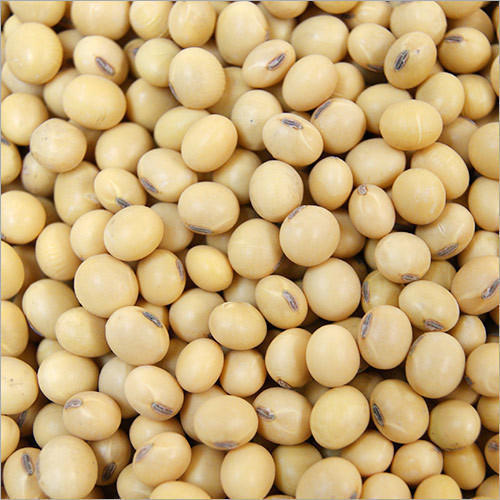Aromatic
Aromatics are types of hydrocarbons derived from petroleum, characterized by one or more six-carbon rings (benzene rings) molecular structure and ‘sweet’ or aromatic odor. Benzene, toluene, and xylenes are the most common aromatics, and are extensively used in the chemical industry as chemical feedstocks, solvents, and as additives to gasoline to raise its octane rating.
LLDPE
Feed: Ethylene, Hydrogen, Butene, Propylene, Propane, Hexane-1 Number of grades: 54 Features: -One of the largest of its kind in Iran -Extruder capacity: 48 MT/hour Applications: 5Packaging, home appliances, textile, agriculture and automobile industries
HDPE
Feed: Ethylene, Hydrogen and Butene Number of grades: 23 Features: •High variety of grades • High production capacity • Capability of producing coloured grades and 2 packaging extruder line • Capability of producing coloured products in injection, extrusion and blow moulding grades Applications: Home appliances, packaging, PE pipes, automobile and agriculture industries
Butene-1
Feed: Ethylene and Hydrogen Features: The largest production plant in Middle East Applications: Rubber industry, SBR, ABS and PBR
Olefin
Olefin, also called alkene, compound made up of hydrogen and carbon that contains one or more pairs of carbon atoms linked by a double bond. Olefins are examples of unsaturated hydrocarbons (compounds that contain only hydrogen and carbon and at least one double or triple bond). They are classified in either or both of the following ways: (1) as cyclic or acyclic (aliphatic) olefins, in which the double bond is located between carbon atoms forming part of a cyclic (closed-ring) or of an open-chain grouping, respectively, and (2) as monoolefins, diolefins, triolefins, etc., in which the number of double bonds per molecule is, respectively, one, two, three, or some other number.
Gasoline
Specifications and Characteristics of Gasoline
Kerosene
Kerosene, also spelled kerosine, also called paraffin or paraffin oil, flammable hydrocarbon liquid commonly used as a fuel. Kerosene is typically pale yellow or colourless and has a not-unpleasant characteristic odour. It is obtained from petroleum and is used for burning in Kerosene lamps and domestic heaters or furnaces, as a fuel or fuel component for jet engines , and as a solvent for greases.
Bitumen
ABM offers bitumen origin of Iran for customers from a wide range of countries including China, India, Thailand, and Vietnam. To meet the needs of asphalt manufacturers, road builders and construction sector, ABM supply bitumen in different grades namely 40-50, 60-70, 85-100, based on softening points and penetration values as well as Natural Bitumen (Gilsonite). Types of Bitumen Natural Bitumen This bitumen is extracted from mines, it is also known as Gilsonite. It is used in many industries, including road construction, the paint industry, polish and insulation of tanks and tubes and molding. Coal Tar This type of bitumen is a black or dark-brown residue produced by the heat treatment of coal Petroleum Bitumen This bitumen is a mixture of hydrocarbons derived from petroleum. Black or brown, it varies from viscous to solid producing by air blowing process vacuum bottom.
Rice
Over half of the world’s population relies on rice as a staple of their diet. Rice is a grain. It is the seed of the grass species Oryza Sativa (Asian rice) or Oryza Glaberrima (African rice). As part of our diet, it is considered a carbohydrate. 100g of rice will contain 80g of carbohydrates, 7.13g of protein, 11.61g of water and 0.66g of fat. Rice is also a great source for a number of essential vitamins and minerals such as Vitamins B1 (Thiamine), B3 (Niacin), B5 (Pantothenic acid), Folate, Iron, Copper, Manganese and Selenium. While there are more than 40,000 varieties of cultivated rice in the world, here are the most common types of rice you will come across: What is…Long grain rice? Typically around 7-9mm long, long grain rice remains separate and fluffy when cooked. It is most commonly used in main courses, salads and side dishes. Popular varieties include basmati and jasmine rice. What is…Medium grain rice? The grain of choice for risottos, puddings and desserts. Medium grain rice holds its shape and provides a smooth texture. Grains are generally 5-6mm in length. What is…Short grain rice? Fat, round grains (4-5mm long and 2.5mm wide), higher in starch than the longer varieties. Best for sushi due to a sticky texture when cooked. What is…Brown rice? Brown rice also comes in long, medium and short varieties. The main different from white rice is that the rice germ and bran layer remain on the rice kernel, with only outer hull removed. Brown rice is 100% whole grain and widely considered healthier than white rice. It has slightly chewy texture and nutty flavour. What is…Basmati rice? Basmati rice is a long-grain rice known for its fragrant taste and smell. It is the rice traditionally used in Indian cuisine and it is mainly grown in India and Pakistan in the Himalayan foothills. What is…Jasmine rice? As with basmati, jasmine rice is a long and slender, aromatic rice. It differs from basmati in that it is generally part of South East Asian and Chinese dishes. It originates from Thailand. What is…Wild Rice? Wild rice comes from a different grass species (Zizania) than the rice varieties mentioned above. Wild rice is mostly grown in North America. The seeds vary in colour from medium brown to black.
soybean
The origins of the soybean plant are obscure, but many botanists believe it was first domesticated in central china as early as 7000 BCE. An ancient crop, the soybean has been used in China, and Korea for thousands of years as a food and a component of medicines. Soybeans were introduced into the USA in 1804 and became particularly important in the South and Midwest in the mid-20th century. Brazil and Argentina are also major producers. The soybean is an erect branching plant and can reach more than 2 metres (6.5 feet) in height. The self-fertilizing flowers are white or a shade of purple. Seeds can be yellow, green, brown, black, or bicoloured, though most commercial varieties have brown or tan seeds, with one to four seeds per pod. In the United States the majority of soybean crops are genetically modified for resistance to the glyphosate. The soybean may be cultivated in most types of soil, but it thrives in warm, fertile, well-drained, sandy loam. The crop is planted after all danger of frost is past. Soybeans are usually harvested mechanically, after the leaveshave fallen off the plant and the moisture content of the seed has dropped to 13 percent, permitting safe storage. Like other legumes, the plant adds nitrogen to the soil by means of nitrogen and historically has been an important soil-enriching crop, though this practice is not common in most industrial agriculture systems.
